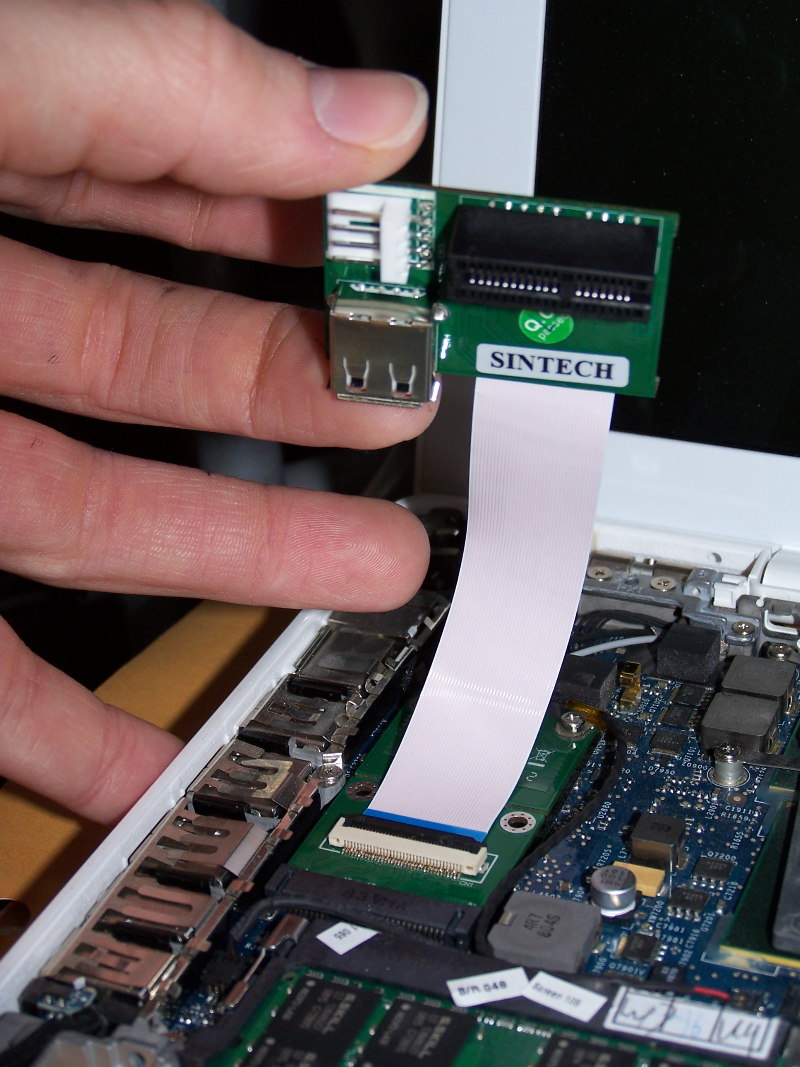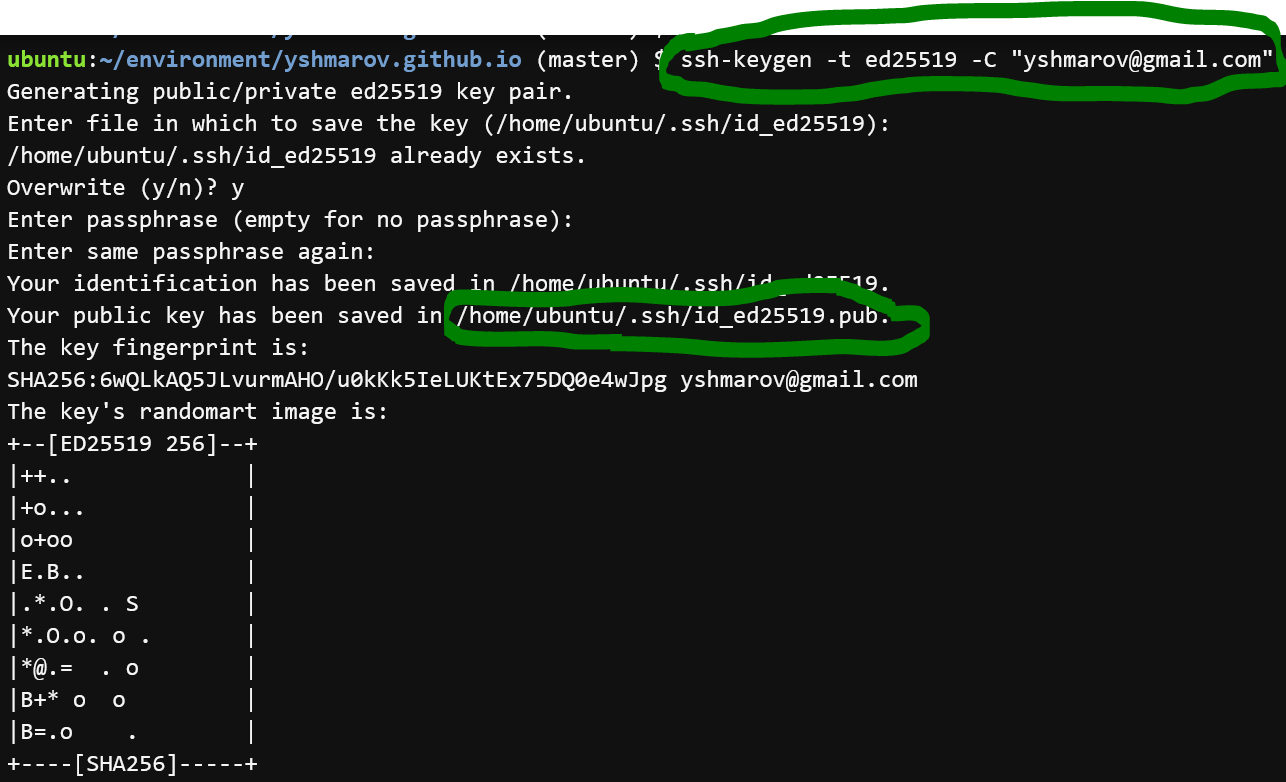
- #NEED USERNAME AND PASSWORD FOR GITHUB.COM HOW TO#
- #NEED USERNAME AND PASSWORD FOR GITHUB.COM CODE#
- #NEED USERNAME AND PASSWORD FOR GITHUB.COM DOWNLOAD#
You can also use a tool like Vault to help with your secret management in production. A preferred way to hold or pass sensitive information is through the environment variables of the chosen CI/CD pipeline tools you are using, such as Jenkins or TeamCity. Having team-wide rules that prevent this from happening is a great way to police bad actions in the existing developer workflow.
#NEED USERNAME AND PASSWORD FOR GITHUB.COM CODE#
You can also use tools like git-secrets in your CI and CD pipelines to actively break builds when sensitive information is found in code or a config file. It may slow down pushes a tiny bit, but it’s well worth it. Commits will be rejected if the tool matches any configured regular expression patterns that are designed to find sensitive information. There are a bunch of great tools available, like git-secrets, that can statically analyse your commits, via a pre-commit Git Hook to ensure you’re not trying to push any passwords or sensitive information into your GitHub repository. That said, there are some GitHub best practices you can follow to prevent sensitive data being added into your repository.

All in all, this is a big problem that doesn’t show real signs of being fixed. The 350,000 commits returned from this simple search does not cover those who were not so obvious with their commit messages, or those who tried to cover their tracks by removing their history. Never store credentials as code/config in GitHub.Ī quick search on GitHub shows how widespread the problem of storing passwords in repositories really is. So let’s get started with our list of 10 GitHub security best practices, starting with the classic mistake of people adding their passwords into their GitHub repositories! 1.

In case you missed our first cheat sheet on the dos and don’ts of Java type inference introduced in Java 10, make sure you check that out as well.
#NEED USERNAME AND PASSWORD FOR GITHUB.COM DOWNLOAD#
You can download the GitHub Security Cheat Sheet here. Much of it is specific to GitHub best practices, but there’s also general advice in both the cheat sheet and this blog that is applicable to other source code repositories. GIT_EXEC_PATH=/usr/local/Cellar/git/2.19.In the second installment of our cheat sheet series, we’re going to cover how you can be more secure as a GitHub user or contributor. The script receives Git ENVs such as: GIT_DIR=/Users/me/project/.git Git clone script receives stdin in the form of: Password for 'scheme://host.tld':
#NEED USERNAME AND PASSWORD FOR GITHUB.COM HOW TO#
How to use it: export MY_GIT_TOKEN=xxxxxxxxxxxxxxxxxxxxxxxxxxxxxxxx How to create an GIT_ASKPASS script: echo 'echo $MY_GIT_TOKEN' > $HOME/.git-askpass

Since GIT_ASKPASS is probably the least understood of the 3, I'll detail that here - and the others are in the cheatsheet. These are all the ways and tools by which you can securely authenticate git to clone a repository without an interactive password prompt.įrom what's asked here either SSH Keys, GIT_ASKPASS, or git credential store using the OS Keychain manager might be the best choice. See The Git Credentials & Private Packages Cheatsheet Then using that token the pull command would be git pull masterĪfter going over dozens of SO posts, blogs, etc, I tried out every method, and this is what I came up with. You can generate an OAuth token from your profile settings. One further suggestion I would make (if you can't use ssh) is to actually use an OAuth token instead of plaintext username/password as it is slightly more secure. ps).Īs brought up in the comments, since this method is using HTTPS you must URL-encode any special characters that may appear in your password as well. However, unless other steps are taken, the plaintext username and password will be visible while the process is running from commands that show current processes (e.g. This will not store your username or password in. The method that I use is to actually use a git pull instead of a clone.


 0 kommentar(er)
0 kommentar(er)
